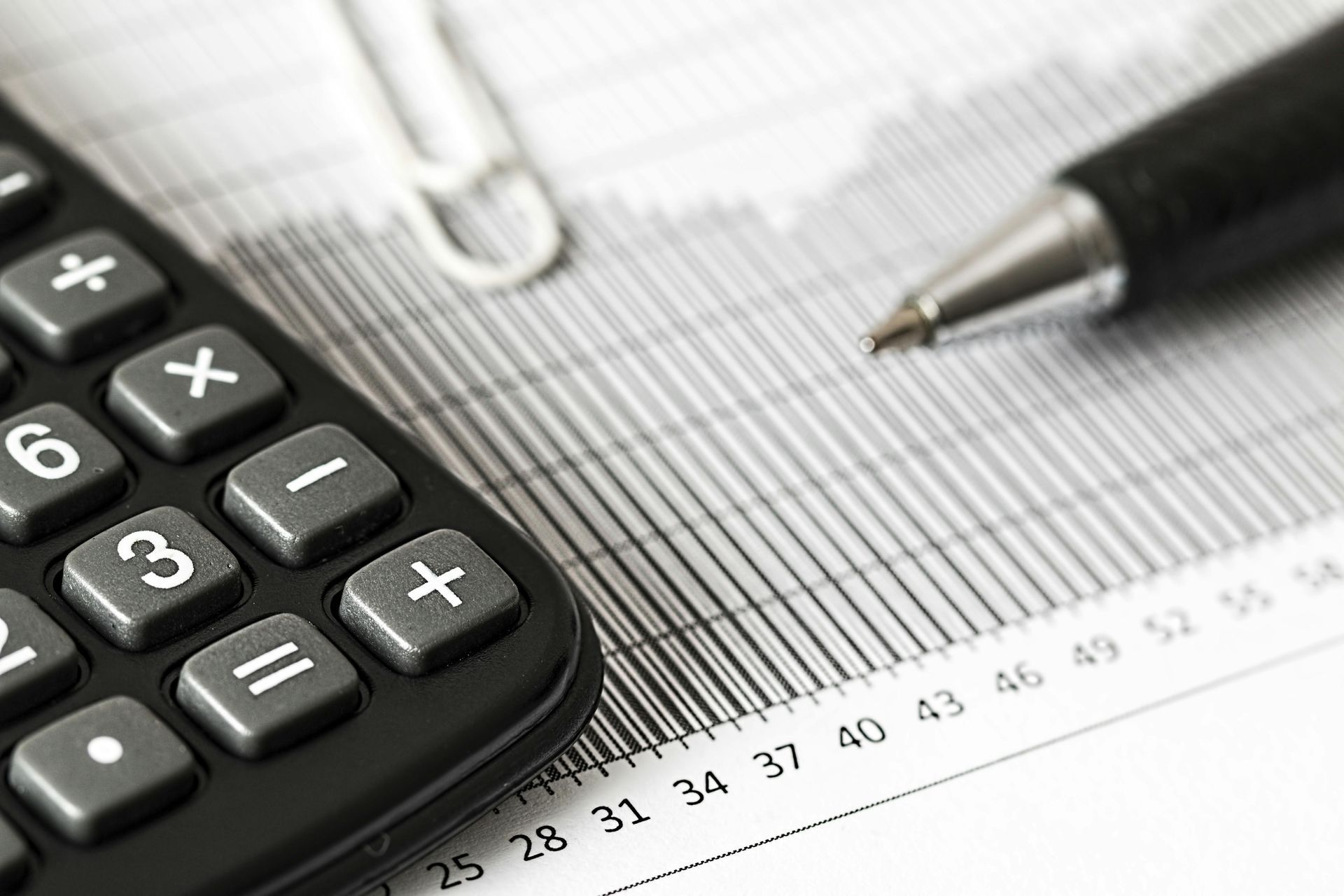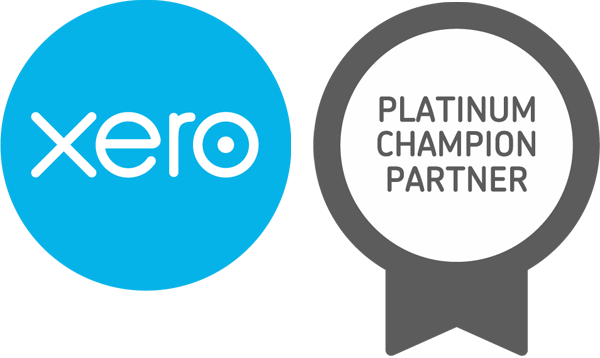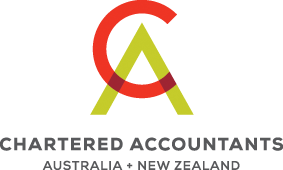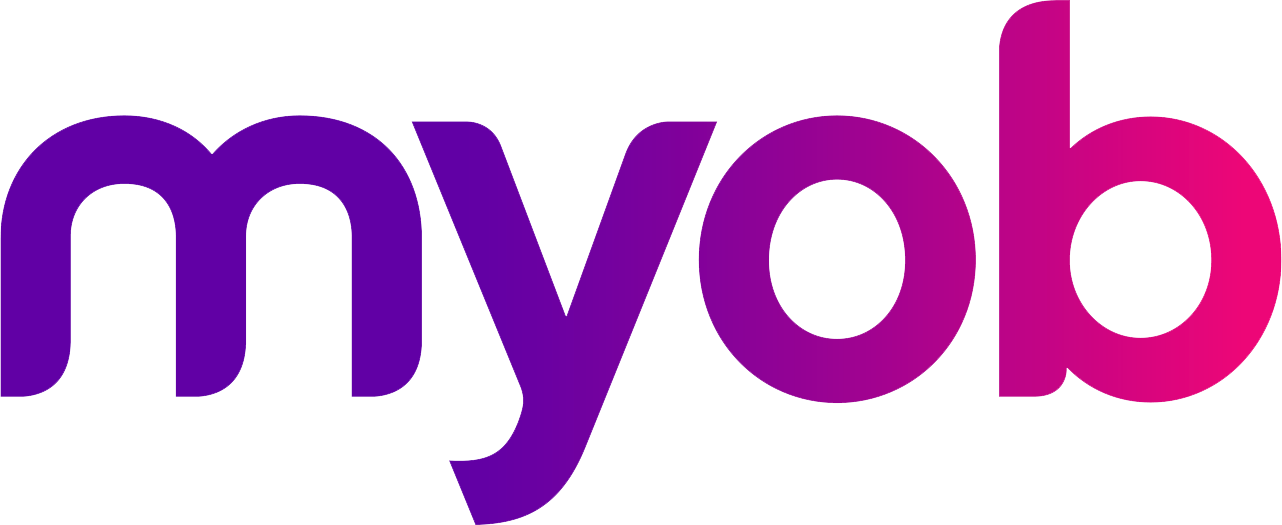2024 Tax Planning
With the end of the financial year fast approaching, there are some important considerations to keep in mind when reviewing your tax planning strategies for 2024.
Trust Distributions
The ATO has recently released guidance on its compliance approach and viewed on the tax treatment of income from family trusts.
In particular, it is proposing to take a stricter view on income distributions made to low-income taxpayers where other family members benefit from trusts’ funds.
It will therefore be crucial to review trust distributions for 2024 to minimise the risk of ATO review.
Superannuation Contributions
The concessional contributions cap for 2024 remains at $27,500.
For those with superannuation balances below $500,000, unused concessional caps from prior years can be applied as carry forward concessional contributions.
A review of prior years may assist in maximising tax deductions for superannuation contributions and increasing superannuation balances.
Instant Asset Write-Off and Temporary Full Expensing
The instant asset write-off and temporary full expensing ended on 30 June 2023.
Small businesses, with aggregated turnover of less than $10 million, will be able to immediately deduct the full cost of eligible assets costing less than $20,000 that are first used or installed read for use between 1 July 2023 and 30 June 2024.
For assets that are priced at $20,000 or above, which do not qualify for immediate deduction, there is still a provision. These assets can be added to the small business simplified depreciation pool. In the first year of income, these assets can be depreciated at a rate of 15%, and in subsequent years, the depreciation rate will be 30%.









